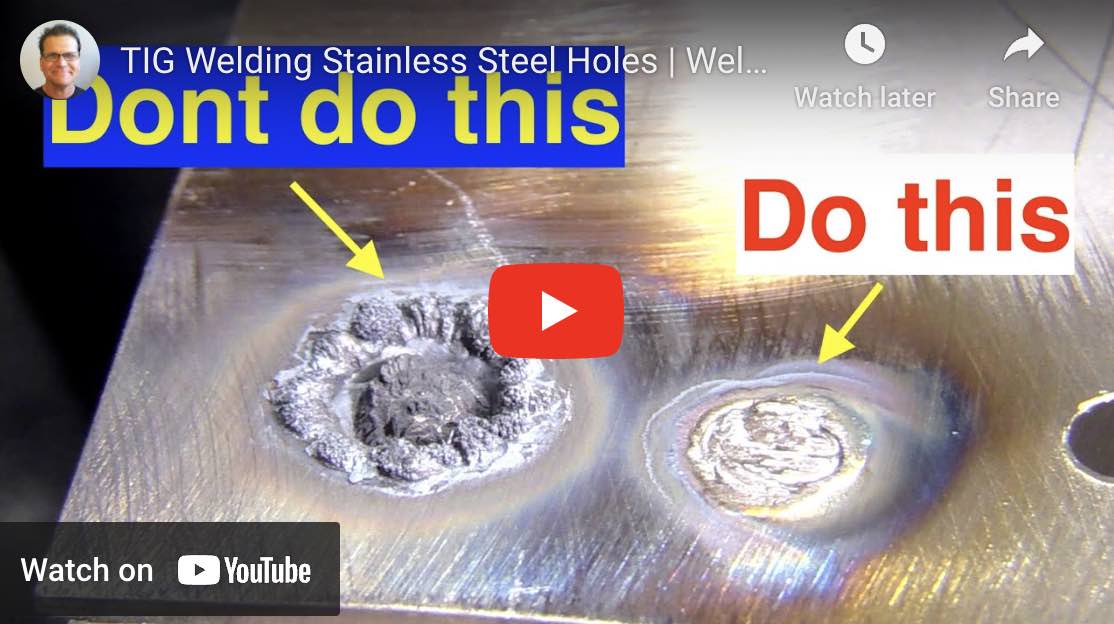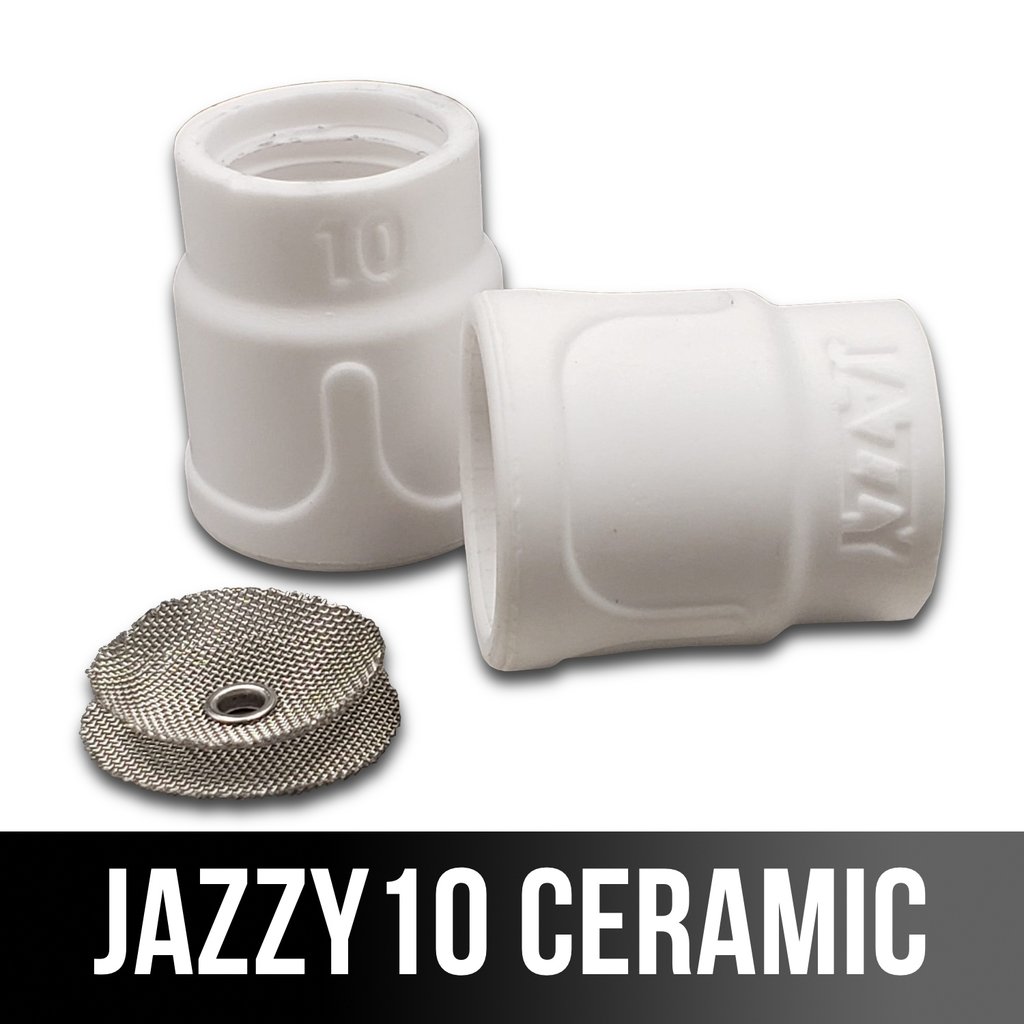300 series Stainless Welding Metallurgy Complex Terms- Simple Explanations
scroll down for videos

The metallurgy of 300-series stainless steels, particularly austenitic stainless steels like 304 and 316, presents specific considerations for TIG welding. Here's how their metallurgical properties relate to welding concerns:
1. Composition of 300-Series Stainless Steels
300 series stainless steel is typically made up of around 18–30% chromium and 6–20% nickel, with some variants like 316 also containing molybdenum for improved corrosion resistance.
300-series stainless steels are also known as austenitic stainless and are primarily composed of:
- Iron (Fe): Base metal.
- Chromium (Cr) (18–20%): Provides corrosion resistance by forming a protective chromium oxide layer.
- Nickel (Ni) (8–12%): Stabilizes the austenitic structure and improves toughness and ductility.
- Carbon (C): Typically low, but even small amounts can lead to sensitization.
- Molybdenum (Mo) (in 316 and others): Improves pitting corrosion resistance.
The 304 stainless steels are sometimes referred to as 18-8 stainless
This unique chemical composition influences welding in the following ways:
2. Thermal Expansion, distortion, and Heat Input
- High Thermal Expansion: 300-series stainless steels expand more than carbon steel when heated. This can lead to significant distortion and warping during welding, especially on thin materials. Stainless distorts more than carbon steel.
- Low Thermal Conductivity: 300 series stainless steels retain heat in the weld zone due to low thermal conductivity. What this means to the welder is that heat can easily build up in one spot... causing problems with distortion, excessive oxidation, as well as loss of corrosion resistance.
Key Concern: Excessive heat input during TIG welding can result in:
- Sensitization: Chromium carbides form along grain boundaries in the heat-affected zone (HAZ) if held at 450–850°C (840–1560°F) for too long. This depletes chromium from these regions, reducing corrosion resistance (especially intergranular corrosion).
- picture a rock wall with the rocks being grains and the mortar being grain boundaries. Now imagine there is such a thing as mortar termites that eat chunks out of the mortar joints. That is a crude picture of intergranular corrosion
3. Oxidation and Weld Appearance
Stainless steels form a chromium oxide layer to prevent corrosion. However, during welding, exposure to oxygen at high temperatures leads to:
- Heat Tint (Oxidation): Formation of oxides (discolored layers) on the weld bead and surrounding areas. This not only affects appearance but can reduce corrosion resistance.
Mitigation:
- Use high-purity argon shielding gas to protect the weld zone.
- Purge the backside of the joint with argon to protect the root side from oxidation, especially for full-penetration welds.
- Post-weld cleaning (e.g., with a stainless steel wire brush or electropolishing) can remove oxides.
4. Sensitization and Corrosion Resistance
- Sensitization occurs when chromium combines with carbon to form chromium carbides, particularly at grain boundaries, depleting chromium locally and making the material more susceptible to corrosion. This often leads to stress corrosion cracking (SCC) when the weldment is in service.
Key Concerns:
- Intergranular Corrosion: Occurs in sensitized regions, especially in corrosive environments.
- Pitting Corrosion: Common in chloride environments, especially in the presence of weld defects.
Mitigation:
- Use low-carbon grades (e.g., 304L or 316L) to reduce carbide formation. The "L" indicates low carbon.
- Stabilized grades (e.g., 321 with titanium) are also effective.
- Minimize time in sensitization temperature ranges by managing heat input and cooling rates.
5. Contamination and Cleaning
300-series stainless steels are sensitive to contamination, which can lead to defects and corrosion.
- Contaminants:
- Residual oils, grease, and dirt on the surface.
- Cross-contamination from using carbon steel tools or wire brushes.
Mitigation:
- Use only stainless steel wire brushes, abrasives, or tools dedicated to stainless steel.
- Thoroughly clean surfaces with acetone or other suitable cleaners before welding.
Cleaning Stainless steel welds to improve corrosion resistance
Summary of TIG Welding Concerns and Best Practices
- Heat Input: Minimize heat input to reduce distortion, sensitization, and hot cracking.
- Shielding Gas: Use high-purity argon and purge the backside for corrosion protection.
- Filler Selection: Choose low-carbon or stabilized filler metals to prevent carbide precipitation.
- Cleaning: Ensure proper cleaning and avoid contamination to maintain corrosion resistance.
- Post-Weld Cleaning: Remove oxides and heat tints to restore the chromium oxide layer.
By understanding these metallurgical characteristics, welders can produce high-quality, corrosion-resistant welds on 300-series stainless steels.















